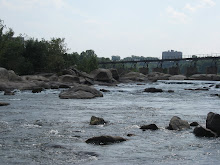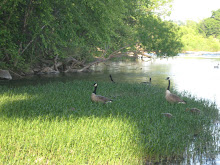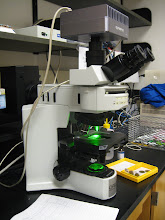For years I have was detered from taking up fly fishing due to the technicality of it, or at least that perception created by some who speak about fly fishing. Truth be known-fly fishing can be a gear techie's play ground, or it can be a simply graceful art. My goal with this type of post is to demonstrate to others that this sport can be simplified while you are getting started. As you become more familiar with the sport you can learn more complicated approaches (it is something to strive for). I can see the ellitist and purest cringing now. The complication should be associated with blending elements from the trying bench to stream rather than technicallities.
That being said, let me start out with knots. Now, granted, there has been a descent amount of research done pertaining the strength's of various knots and I imagine watermen will argue that you must be precise in choosing the right knot. Well of course they should-their life depends upon it. With this research and ages of knowledge derived from experience, an understanding of when to apply which knot has probably been created and is probably most sound. If you are new to the sport and do not have time to sit down and learn all these complicated knots (lets face it, we need to spend our limited amount of free time fishing rather than worrying about these items) I suggest learning one simple knot - THE OVERHAND KNOT.
The overhand knot can be used to attach your tippet to leader and leader to fly line using what I refer to as a jam knot (i.e. two overhand knots jammed against one other with the excess clipped). The technical term for this knot is a double uni knot, and it works best when we attaching two lines of similar diameter. I have found that it is a weak knot if the attached lines have drastically different diameters; however, the stiff but end of a leader approximates the diameter of many fly lines and the tippet's diameter is pretty darn close to that of the leader's end. It can also be used to form a surgeon's loop if you desire loop-to-loop connections (I find loop connections to be much easier relative to tying knots, and they slide through the guides well).
Check out these web pages for instructions:
http://www.realknots.com/knots/stoppers.htm
http://www.netknots.com/html/double_uni_knot.html
Again, the goal here is to start off simple so you can enjoy the sport rather than being discouraged by complexity. I am finding that the more I get out and fly fish, the more desire I have to learn the precise methods. If you try to start with the hard stuff chances are your fly rod may become nothing more than a dust collector.
Subscribe to:
Post Comments (Atom)


















No comments:
Post a Comment